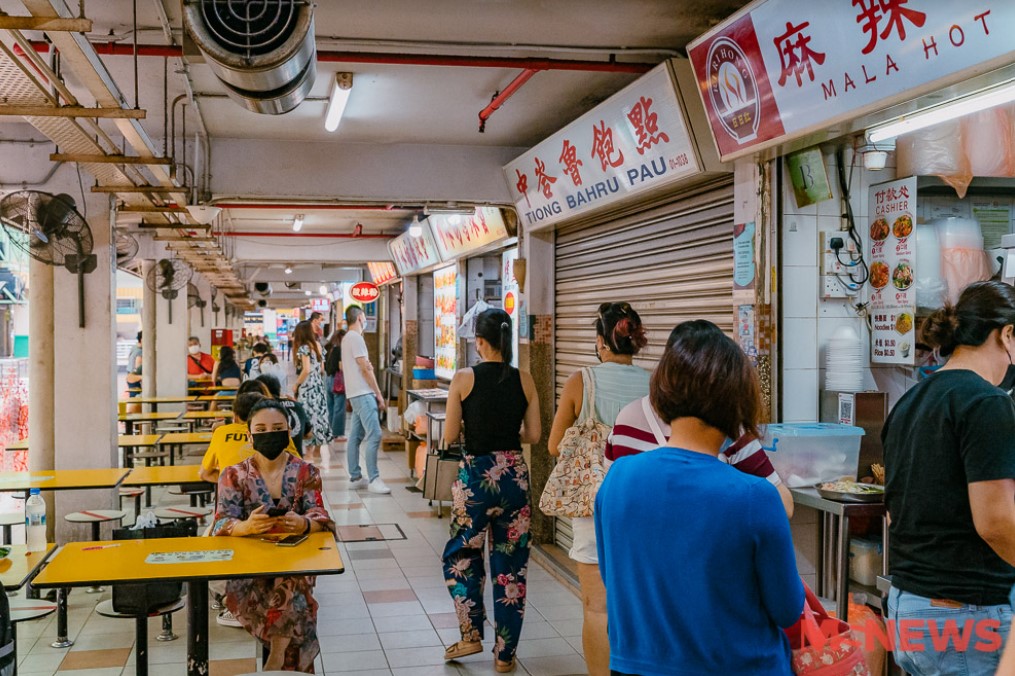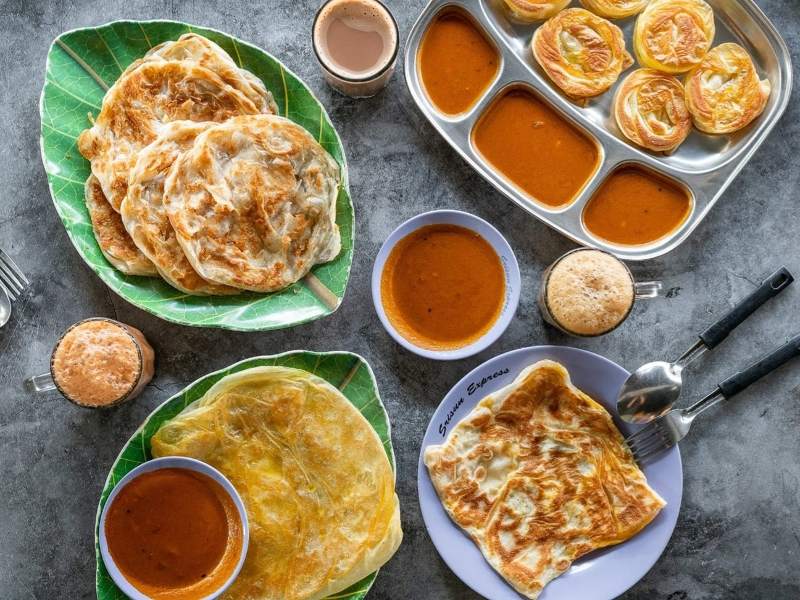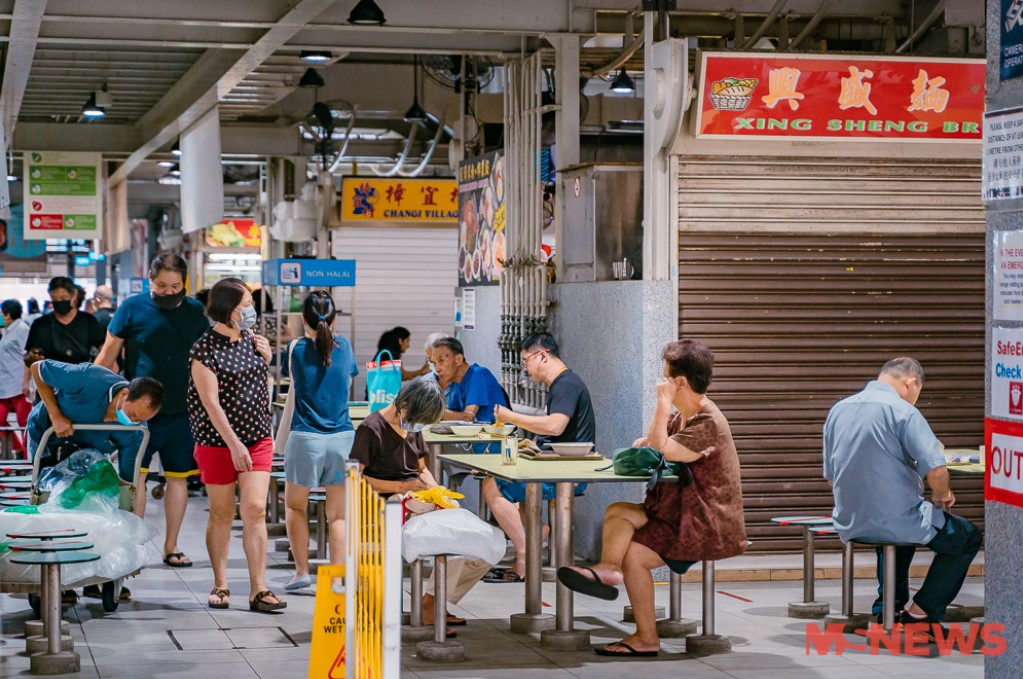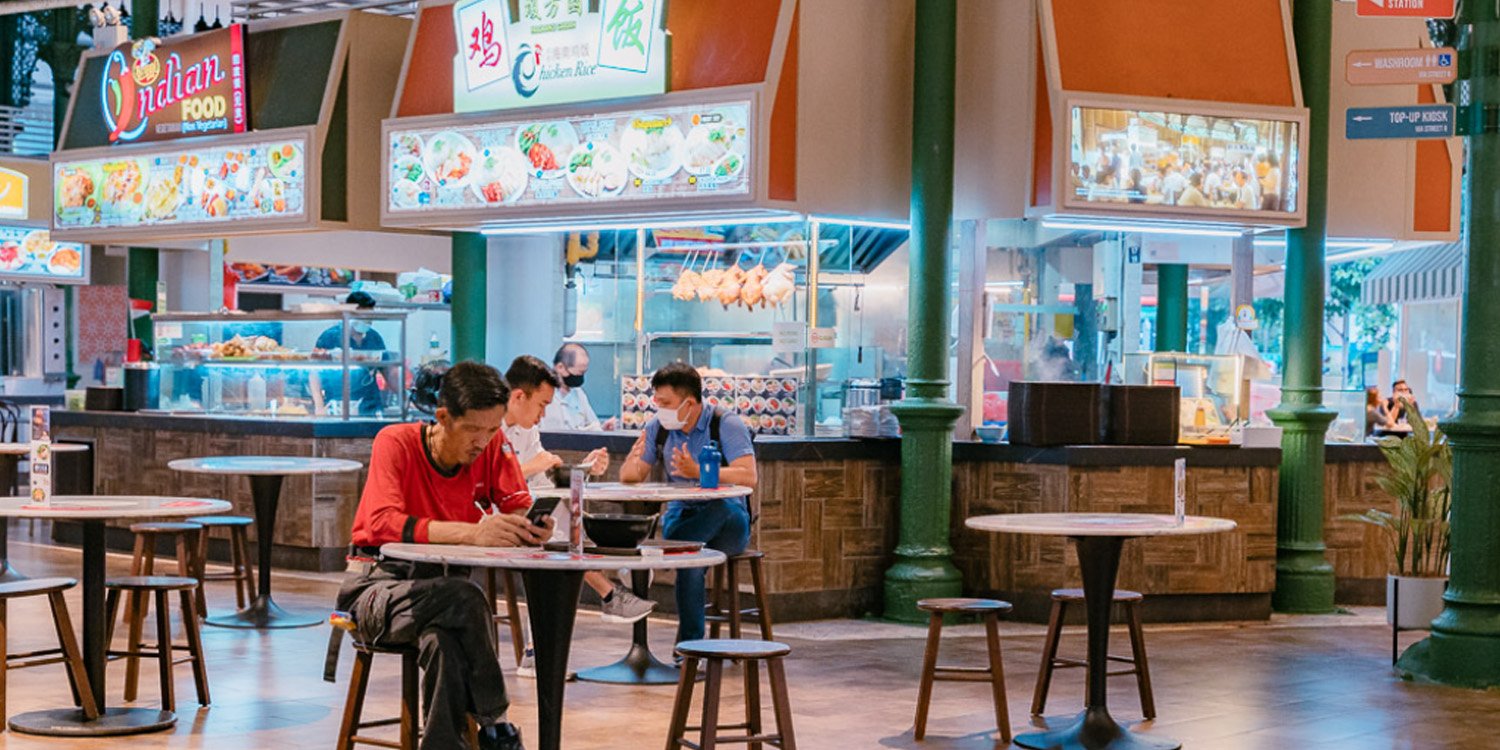IPS Study Compares Food Prices Across Singapore, Reveals Toa Payoh To Be The Cheapest
With food prices constantly rising, most of us have had to fork out an increasing amount of money for a meal.
Unfortunately, residents in Bishan may be suffering the brunt of the spike in costs.
An Institute of Policy Studies (IPS) study has revealed that food prices are highest in Bishan and lowest in Toa Payoh.
In response to the GST hike, most stalls also did not increase their prices.
IPS study reviews food prices from 829 eateries’ menus
IPS released the study on 13 Mar with researchers studying food and drinks consumed during breakfast, lunch or dinner, Channel NewsAsia (CNA) reports.
They used dietary restrictions to assess which items to select for the study. Ultimately, the report involved 18 items, including kopi-O (black coffee), mee rebus and breakfast sets.
Researchers collected prices from 829 eateries’ menus between September and November 2022.
This comprised 92 hawker centres, 101 food courts and 636 kopitiams in 26 residential neighbourhoods.

The study of the items found the following:
- Nine out of 18 items had “regional differences”
- All of the beverages, as well as chicken chop, were the cheapest in central Singapore
- Breakfast sets and fishball noodles had the lowest prices in the North
- Roti prata was the most affordable in the West
- Iced Milo had the highest relative price with S$0.12, or 7%. A total of 23 out of 55 stalls surveyed raised their prices for the drink, while the rest did not.
- Sliced fish soup with rice went up by S$0.28, or about 5%, and fishball noodles rose by S$0.19, also 5%.
- Seven out of 19 sliced fish soup sellers raised prices, while 11 out of 30 fishball noodle sellers did the same.

Source: Shopee Singapore
Besides a few establishments, food courts had more expensive options — followed by kopitiams and then hawker centres.
The exceptions to this trend were breakfast sets, chicken rice, economic rice and vegetarian bee hoon sets.
Variety in meal costs across neighbourhoods
Researchers also revealed that, on average, breakfast cost S$4.81 while lunch was S$6.01 and dinner S$6.20.
Each meal comprised a food and drink. The study deduced the costs by creating various combinations based on stalls’ opening times and conventions.
If one ate all three meals at hawker centres, food courts and kopitiams, they would spend S$16.89.
The differences in prices were sizeable between numerous neighbourhoods as well.
Each of the following neighbourhoods had the most expensive meals on average:
- Breakfast at Marine Parade for S$5.12
- Lunch at Sembawang for S$6.35
- Dinner at Jurong East for S$6.71
Meanwhile, the following neighbourhoods reported the lowest-priced meals on average:
- Breakfast at Queenstown for S$4.33
- Lunch at Kallang for S$5.64
- Dinner at Toa Payoh for S$5.89
After adding up all three meals, Toa Payoh had the lowest cost at S$15.98, while Bishan had the highest at S$18.
The study did not consider Bukit Timah as it had a small sample size of three kopitiams and two hawker centres.
Most stall owners did not increase food prices
According to TODAY, researchers revisited 50 dining establishments to compare prices between late 2022 and early 2023.

They discovered that most owners across 263 stalls did not increase their food prices, with the majority only rising by a small margin of up to S$0.30 on average. For most food items, it did not go above S$0.10.
The team also spoke to stall owners, who discussed the difficulties of managing the rising costs of operations and increasing prices.
“Stall owners often sought to justify the prices of their food,” they said. The owners also took pride in not increasing them, despite inflationary pressures threatening their income and job security.
Reasons for conducting study
The researchers conducted the study to better understand the cost of living in Singapore. They did not intend to provide value judgements on pricing strategies.
They noted that some prices might be understated as they were collected through menus, which may not be updated regularly.
The team was also only able to revisit a smaller number of stalls because many closed down or changed hands.
With the culture of eating out in Singapore, the researchers said the study allows a closer look at one aspect of the cost of living.
This comes amid a rising core inflation rate of 5.5%, the fastest in more than 14 years — and the recent GST increase.
Have news you must share? Get in touch with us via email at news@mustsharenews.com.
Featured image by MS News.

Drop us your email so you won't miss the latest news.









